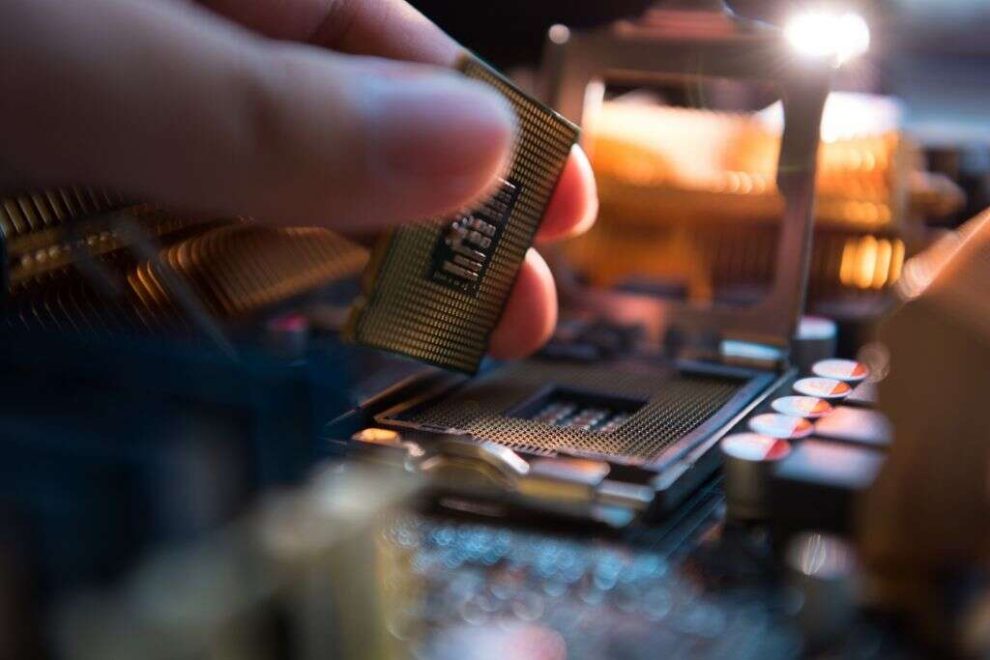Upgrading your existing PC or building a brand new one is always an exciting prospect. However, navigating the endless sea of complex hardware components can quickly become overwhelming. This is where benchmarks emerge as your trusted guiding light, enabling you to cut through the noise and identify parts that will unleash your desired level of performance.
But what exactly are hardware benchmarks, and how can you leverage them to effectively match components to your needs and budget? Whether you’re a gamer, content creator, or simply seeking a faster overall computing experience, this comprehensive guide will arm you with benchmarking knowledge to build your dream PC.
Why Benchmark PC Hardware?
Before diving into the specific tools and metrics, it’s important to solidify the “why” behind benchmarking. At a high level, benchmarks provide standardized ways to measure the performance of your CPU, GPU, RAM, storage drives, and other components under simulated workloads. This quantitative data translates raw hardware capabilities into easy-to-understand numbers and scores.
Armed with performance data, you can readily identify bottlenecks in your system – components that are limiting real-world speed and responsiveness. Benchmarking also facilitates detailed performance comparisons across different hardware parts, enabling you to make prudent upgrade decisions. Other key benefits include:
- Plan builds and purchases to perfectly match your performance needs and budget
- Validate that upgrades or new parts actually improve experience
- Identify optimum component combinations that avoid lopsided bottlenecks
- Gain deeper insights into temperatures, clock speeds, and vitals during real usage
- Futureproof your system by understanding long-term performance trends
Choosing the Right Benchmarking Tools
Now that we’ve explored the rationale behind benchmarking, let’s shift gears to discuss the specific types of tools at your disposal. It’s important to realize that benchmarks come in different flavors, each designed to test specific aspects of your system’s performance:
Synthetic Benchmarks
Synthetic benchmarks simulate intense workloads without real applications to stress test your hardware under a consistent methodology. Popular examples include:
- CPU: Cinebench, Geekbench, POV-Ray
- GPU: 3DMark, Unigine Superposition, VRMark
- Storage: CrystalDiskMark, AS SSD Benchmark
While synthetic tests don’t perfectly replicate your exact real-world software usage, they offer standardized ways to compare different hardware components. You can quickly test your CPU against others in online result databases.
Real-World Game Benchmarks
If gaming is your main focus, prioritize tools that run built-in game benchmarks or gameplay simulations. These provide the most realistic assessment tailored to gaming, including:
- In-game benchmarks (Far Cry, Tomb Raider, Hitman)
- 3D gameplay simulations (Unigine Heaven, VRMark, Superposition)
Pay special attention to frame rates, frame time consistency, and graphics settings supported. This gauges real gameplay performance and helps balance your CPU, GPU, and monitor combo.
System Monitoring Utilities
While concentrated benchmarks provide detailed metrics, system monitoring utilities offer continual performance insights as you use your PC daily. Track key indicators like:
- Temperatures (CPU, GPU, drives)
- Clock speeds
- Usage statistics (CPU, RAM, GPU)
Top tools include HWMonitor, MSI Afterburner, and Open Hardware Monitor. This helps identify thermal throttling and pinpoints exactly which resources are being strained during tasks like gaming, video editing, 3D modeling, etc.
Interpreting Benchmark Scores
Benchmarks ultimately aim to translate performance into easy-to-understand metrics. But to choose the right hardware, you need the proper context to interpret the key scores for your usage needs. Here are some best practices when comparing data:
- Higher scores generally indicate faster performance, but don’t fixate only on raw numbers.
- Understand what each benchmark actually measures and simulates real-world usage before comparing.
- Compare scores between comparable test methodologies and the same component generations.
- Identify the lowest scoring parts (bottlenecks). Upgrades here will boost experience the most.
Gauging Real-World Impact
While it’s tempting to chase benchmark leaderboards, also consider real-world experience. For example, a 20% CPU score increase from a new processor upgrade may only yield 5-8% faster game loading times. Ask yourself:
- Will I notice this performance gain in my daily usage?
- Is the price premium worth the incremental upgrade?
Likewise, match test priorities to your needs. Game benchmarks hold far more weight if gaming is your main usage compared to video encoding tools. Benchmark selectively around your actual tasks.

Factoring In Budget, Compatibility, and Futureproofing
Raw benchmark performance only tells part of the story. When planning your PC build or upgrades, also consider:
Budget Constraints
Balance benchmarks with budget realities. Having the pecuniary means for top-tier parts is great. But you can still build a fast, capable system even with spending limits. Determine the performance level you need, not just want, and identify parts to match both metrics and dollars.
Compatibility Requirements
Before purchasing anything, vet parts across online PC building communities to ensure compatibility with your CPU, motherboard, chassis, power supply, etc. A GPU scoring 25% faster won’t help if it literally doesn’t fit your case or boot properly.
Futureproofing Your Build
Consider both current and future needs when selecting components. Higher-end parts today allow more headroom to meet evolving tasks down the road. While difficult to predict, evaluating historical benchmark trends for chips and GPUs helps gauge relative gains across generations.
Likewise, don’t underestimate your own software footprint. A video encoder benchmark holds little meaning if you only game today but plan to start a YouTube channel soon.
Using Community Insights and Reviews
Finally, while benchmarks provide quantitative performance data, also leverage qualitative experiences from communities, user reviews, and experts:
- Learn from compatibility issues, odd behaviors, and firmware bugs others faced.
- Gain insights into noise levels, overclocking headroom, ease-of-installation, and more.
- Validate benchmark scores reflect actual real-world speed experienced by others.
Consider benchmarks as puzzles pieces to the overall research process versus the single source of truth. Blend quantitative and qualitative data together for comprehensive hardware analysis.
Turning PC Benchmark Data into Action
Armed with benchmarking best practices and knowledge, you now have the tools to build or upgrade the perfect PC tailored to your needs and budget. Keep these tips in mind during your hardware journey:
- Clearly define performance priorities: Start by articulating needs around gaming, editing, rendering etc. This focuses benchmarks accordingly.
- Thoroughly research parts using both benchmarks and community experiences. Don’t rely solely on scores or reviews alone to judge real-world viability.
- Validate upgrades actually improve experience by re-running benchmarks on your exact software usage before and after install.
- Start small if unsure. Upgrade one component at a time, re-testing system performance at each point to quantify impact.
- Leverage trusted communities for guidance if overwhelmed deciding between complex component choices even after reviewing available benchmark data.
Remember, PC hardware benchmarking is an exciting ongoing discovery process, not a single destination. Enjoy continually experimenting with parts tailored to your evolving needs. With consistent benchmarking diligence across upgrades, you’ll unlock maximum computing potential both now and into the future. Your dream system awaits!
















Add Comment